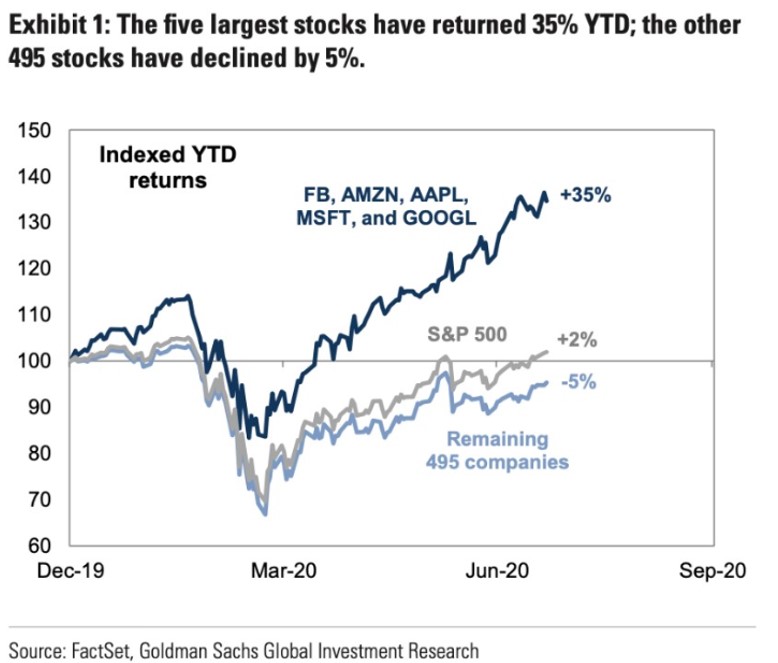It looks like you're new here. If you want to get involved, click one of these buttons!
https://politico.com/news/2021/01/01/biden-clean-energy-453171Biden, who oversaw the Obama administration’s stimulus work as vice president, unknowingly left himself a down-payment for the work ahead: $40 billion in unused Energy Department loan authority awarded under the 2009 stimulus. That pot of money could offer a way to kick start his climate and infrastructure plan
the incoming Biden administration could simply tweak the loan program’s language to make it the backbone of a government-wide clean lending bank that enables the rapid deployment of new innovations, like the installation of batteries and other energy storage technology to support the growth of renewable power.

https://yahoo.com/now/time-start-wasting-solar-energy-171845386.htmlSolar is so cheap, we need to build far, far more than we need.
Solar panels have become so cheap that the true cost of electricity is shifting from solar arrays themselves to the steel and land needed to house them.
That shift means it’s now cheaper to overbuild, even if producers don’t always sell the power. With the price of panels set to continue falling over the next decade, the economics will only grow stronger.
The low cost overcame renewables’ traditional weakness: the intermittency of supply if the sun or wind fails to appear. Oversizing a system by a factor of three, they found, was optimal.
Underscoring added. It should be clear that management for this fund matters.Asset Allocation Risk.The fund is subject to risks resulting from the Adviser's asset allocation decisions. If the Adviser's asset allocation strategy does not work as intended, the fund may not achieve its objective. ... The selection of underlying funds and the allocation of the fund's assets among various asset classes could cause the fund to lose value or its results to lag relevant benchmarks or other funds with similar objectives. In addition, the fund's active asset allocation strategy may cause the fund to have a risk profile different than that portrayed above from time to time and may increase losses.
Underscoring added. What's different, and where the concern lies, is that while Fidelity assigns real managers to FMRHX to actually manage the fund, Fidelity merely names the underlying funds' managers for FGDRX. AFAIK it does this with no other fund of funds and thus appears to be using these manager names as placeholders to meet the letter of the law.Asset Allocation Risk. The fund is subject to risks resulting from the Adviser's asset allocation decisions. The selection of underlying funds could cause the fund to lose value or its results to lag relevant benchmarks or other funds with similar objectives. In addition, the fund's active asset allocation strategy may cause the fund to have a risk profile different than that portrayed above from time to time and may increase losses.
https://seekingalpha.com/article/4396512-updating-thesis-on-emerging-marketsEmerging Markets remain one of the best positioned areas of the market from a risk-return perspective.
EM debt and EM equity are likely gaining traction with investors from the falling dollar and large variance in valuation between them and the US.
Within EM debt, the analysis and decision making is much more difficult as currency choices need to be made.
What am I buying in EM equity?
Artisan Developing World Investor (ARTYX)
Emerging Markets Internet & E-Commerce ETD (EMQQ)
Templeton Emerging Markets (EMF)
What am I buying in EM debt?
MFS Emerging Markets Debt A (MEDAX)
Vanguard EM Bond (VEMBX)
TCW Emerging Markets (TGEIX)
Morgan Stanley EM Debt (MSD)
© 2015 Mutual Fund Observer. All rights reserved.
© 2015 Mutual Fund Observer. All rights reserved. Powered by Vanilla